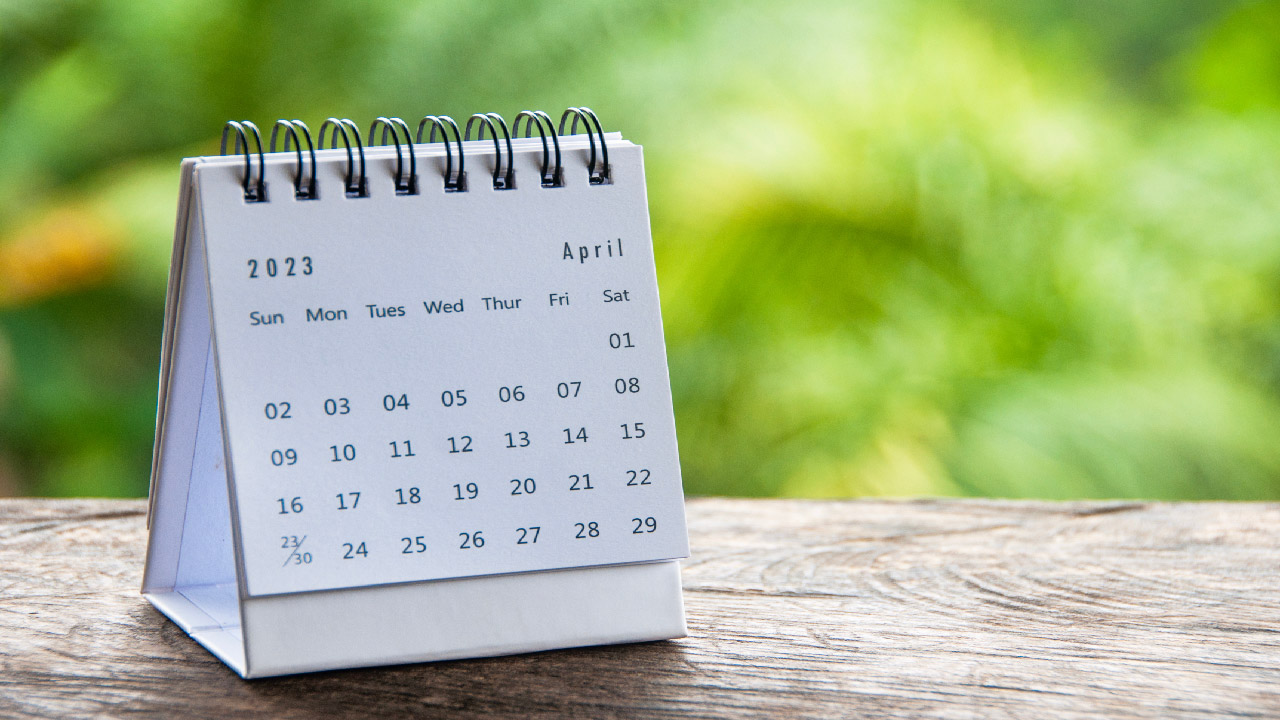How To Develop a Watering Schedule for Your Garden
Mar 22nd 2023
You can run up your water bill when you're not there to turn your water off or forget to turn it off. Creating a watering schedule is a great way to ensure your plants get the right amount of water. Every garden will benefit from having a watering schedule; a timer will automatically turn your drip irrigation system on and off. You'll be able to provide the right amount of water for the plants you're growing at the best time of day. Watering schedules are an essential part of your planning when the goal is to save water, time, and money while your plants get the steady, consistent watering they need for optimum health and production.
The goal in developing a watering schedule is to apply enough water thoroughly to the plant's root zone while minimizing overwatering and then allow the soil to dry out between waterings to allow air to enter the soil and encourage root development. Your soil type will affect your watering schedule time. Clay soil will hold water the longest. This soil type must be allowed to dry out between watering to let oxygen become available to the plant's roots. A loamy soil type offers the best structure for air and moisture to be optimally present for the roots. The ideal soil type that a vegetable garden should have. A sandy soil will need to be irrigated often with short watering. Over time, sandy soil should be amended to include the addition of compost so that it will retain the moisture and nutrients that most plants need.
Factors to consider when to water your plants may be to time the watering schedule to take advantage of favorable utility rates. Most importantly, you should develop a watering schedule to coincide with when the plants take up moisture from the soil. For almost all plants, the best time to water is when the first light of day appears, which may be 5 am – 6 am. Some plants like to be watered daily, every other day, twice a day (morning and evening), or once a week for deep watering. The once-a-week deep (long) watering schedule benefits trees as it helps them develop a deep root system. A separate timer should be used for watering your trees and possibly your larger perennial shrubs.
Four categories of timers will enable you to water your plants most beneficially and efficiently:
- Battery Timers: These timers are hose threaded, easy to install and program, and require batteries.
- High-End Battery Timers: These commercial-grade battery timers can operate multiple pipe-threaded DC valves.
- Electronic Timers: These timers work multiple 24-volt AC valves and require an AC power source.
- Solar Timers: A great alternative to a battery or electronic timer, these solar timers are powered by ambient light, require no backup power source, and are perfect for remote gardens.
Your watering schedule can be modified if you experience changing weather patterns. Be ready to shut the timer off if rain is forecasted or lengthen the program if sweltering weather is predicted. By using an automatic timer that will turn the water on and off and a drip irrigation system to deliver the water, you'll be taking advantage of the most efficient and dependable way to provide the right amount of water at the right time. For more ideas on developing a watering schedule, go to dripworks.com to find all the information and products that will help you to create a watering schedule for your garden, orchard, or landscape.

